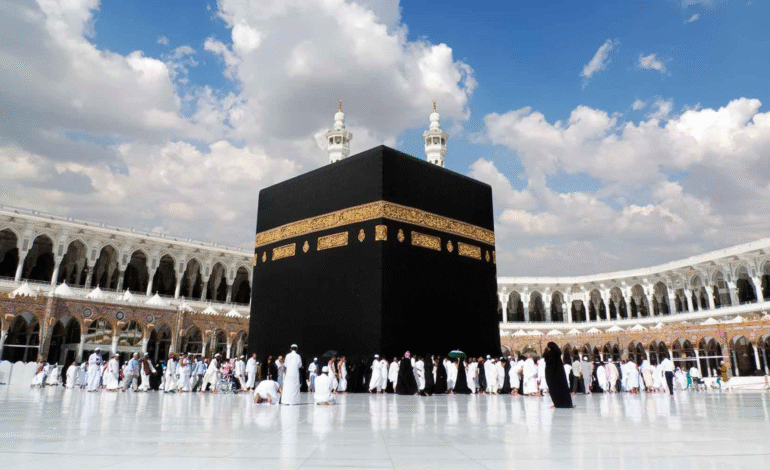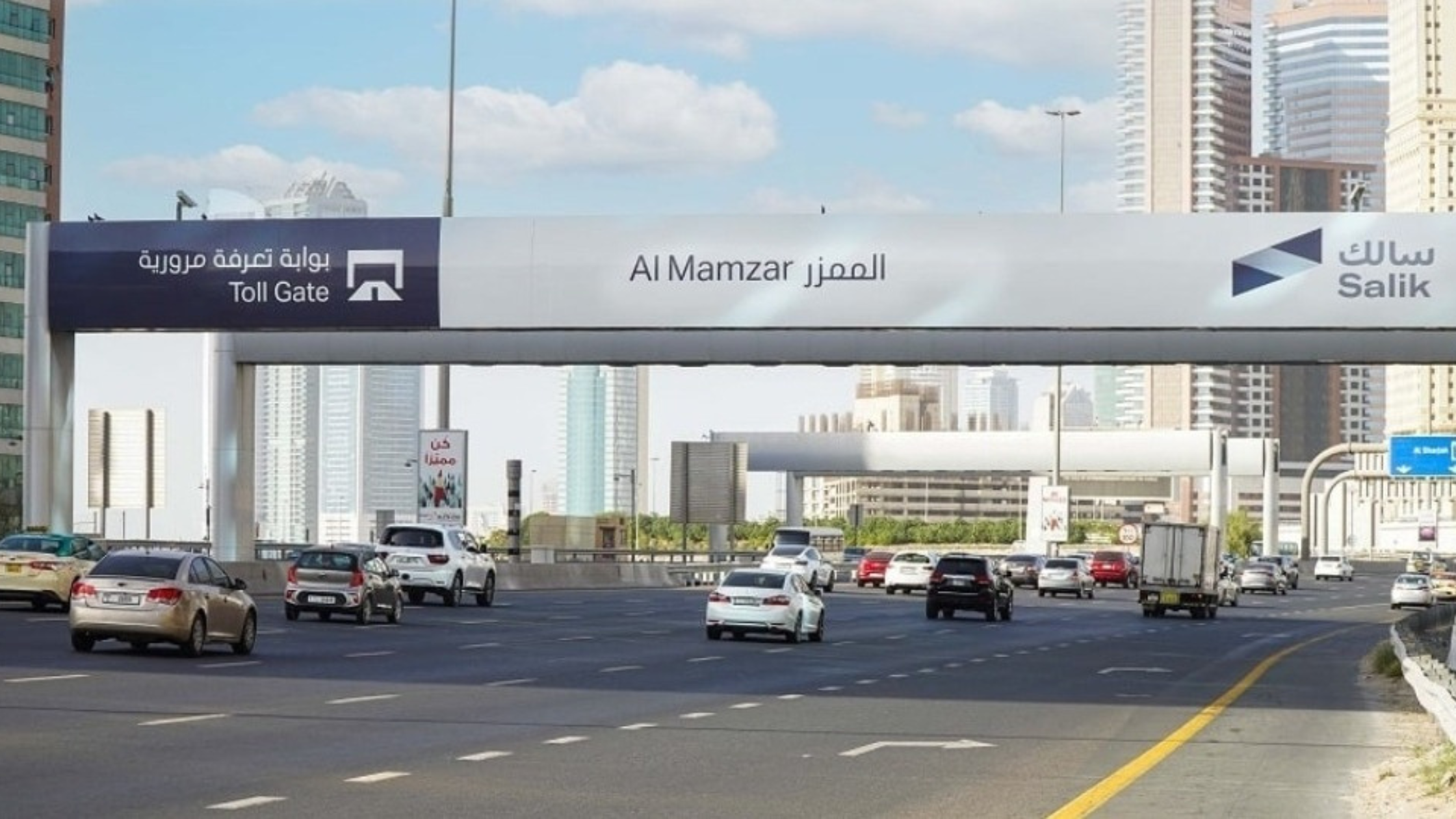Saudi Arabia’s Digital Tools Transform Hajj 2026 Accommodation

As Saudi Arabia gears up for the Hajj 2026 season, the Kingdom is embracing cutting-edge digital tools to streamline accommodation processes in the sacred cities of Mecca and Medina. The Ministry of Tourism has launched an innovative online service that empowers licenced hospitality operators to request additional bed capacity for the upcoming pilgrimage. This initiative is a cornerstone of the Kingdom’s Vision 2030, aimed at enhancing the pilgrim experience through advanced technology, simplified administrative processes, and elevated service standards. By leveraging digital platforms, Saudi Arabia is ensuring that millions of pilgrims can enjoy a seamless and spiritually enriching journey during one of the world’s largest religious gatherings.
The New Online Service: A Game-Changer for Hajj 2026
The Saudi Ministry of Tourism has introduced a groundbreaking e-service that allows licenced hospitality providers in Mecca and Medina to apply for additional bed capacity ahead of the Hajj 2026 season, scheduled for approximately June 2026. This digital platform, accessible through the tourism activities licensing portal, simplifies the application process by providing a user-friendly interface for operators to submit requests in compliance with the ministry’s strict regulations.
The service is designed to address the perennial challenge of accommodation shortages during the Hajj season, when millions of Muslims from over 180 countries converge on the holy cities. By enabling operators to increase their capacity efficiently, the platform ensures that pilgrims have access to high-quality lodging, reducing overcrowding and enhancing comfort. The application process adheres to specific guidelines, ensuring that only licenced facilities can participate, thereby maintaining service quality and safety standards.
This initiative is part of a broader strategy to modernize the hospitality sector in Saudi Arabia. The ministry’s proactive approach reflects its commitment to early planning, ensuring that infrastructure and services are in place well before the pilgrimage begins. By digitizing administrative tasks, the Kingdom is setting a new benchmark for efficiency in religious tourism.
Why Digital Tools Matter for Hajj 2026
The Hajj is one of the Five Pillars of Islam, a mandatory religious duty for Muslims who are physically and financially capable. Each year, approximately 1.8 to 2 million pilgrims visit Mecca to perform rituals such as circling the Kaaba, walking between the hills of Safa and Marwah, and standing in vigil at Mount Arafat. The sheer scale of this gathering poses significant logistical challenges, particularly in accommodation and crowd management.
In recent years, Saudi Arabia has invested heavily in digital transformation to address these challenges. The introduction of the new e-service is a testament to this commitment. By allowing hospitality operators to scale up their capacity through a digital platform, the Kingdom is ensuring that pilgrims can focus on their spiritual journey without worrying about logistical hurdles.
Moreover, the service aligns with the Doyof Al-Rahman Program, which aims to enrich the pilgrim experience through enhanced services and infrastructure. The program is a key component of Vision 2030, Saudi Arabia’s ambitious plan to diversify its economy and position itself as a global hub for religious tourism. By 2030, the Kingdom aims to welcome 6 million pilgrims annually, a goal that requires robust digital infrastructure and innovative solutions.
Enhancing the Pilgrim Experience
The new online service is more than just a tool for increasing bed capacity; it’s a step toward creating a seamless pilgrimage experience. Pilgrims often face challenges such as long wait times, complex booking processes, and inconsistent service quality. The digital platform addresses these issues by:
- Simplifying Applications: Operators can submit requests for additional beds through a centralized portal, reducing paperwork and processing times.
- Ensuring Compliance: The platform enforces strict adherence to ministry regulations, ensuring that only qualified facilities are approved.
- Improving Accessibility: By digitizing the process, the service is accessible to operators across Mecca and Medina, fostering inclusivity and efficiency.
- Enhancing Service Quality: The initiative encourages operators to maintain high standards to meet the ministry’s requirements, ultimately benefiting pilgrims.
These improvements are expected to boost pilgrim satisfaction, which has already seen significant gains in recent years. For instance, in 2024, pilgrim satisfaction reached 81%, up from 57% in 2022, thanks to similar digital enhancements and infrastructure investments.
The Role of Vision 2030 in Transforming Hajj
Saudi Arabia’s Vision 2030 is the driving force behind these digital innovations. The initiative aims to reduce the Kingdom’s dependence on oil by boosting sectors like tourism, particularly religious tourism. The Hajj and Umrah pilgrimages are central to this strategy, with the Kingdom expecting to generate over $350 billion from Hajj tourism by 2032.
The new e-service is a key component of this vision, as it supports the goal of accommodating a growing number of pilgrims while maintaining service excellence. By investing in digital infrastructure, Saudi Arabia is not only improving the Hajj experience but also positioning Mecca and Medina as top global destinations for religious tourism. In 2024, Mecca ranked 5th and Medina 7th on a global tourism index, reflecting the Kingdom’s growing reputation.
The Makkah Route Initiative, another Vision 2030 project, complements the new e-service by streamlining visa processes and enhancing accessibility for pilgrims from countries like Morocco, Indonesia, and Pakistan. These efforts collectively demonstrate Saudi Arabia’s commitment to making the Hajj and Umrah more accessible and comfortable for millions of Muslims worldwide.
Broader Implications for the Hospitality Sector
The introduction of the e-service has far-reaching implications for the hospitality sector in Mecca and Medina. By enabling operators to increase bed capacity, the platform addresses the growing demand for accommodation during the Hajj season. This is particularly critical given the projected increase in pilgrim numbers, with estimates suggesting nearly 17 million visitors by 2025.
The service also encourages investment in hospitality infrastructure. Companies like Abraj al-Bait are already planning to build luxury hotels, shopping malls, and apartments to cater to the influx of pilgrims, with projects valued at $3 billion. These developments not only enhance the pilgrim experience but also create economic opportunities for local businesses and workers.
Furthermore, the emphasis on digital tools sets a precedent for other sectors in Saudi Arabia. The success of this initiative could inspire similar platforms for Umrah visas, crowd management, or transportation services, further streamlining the pilgrimage process.
Challenges and Future Outlook
While the e-service is a significant step forward, challenges remain. Ensuring that all licenced operators are trained to use the digital platform is critical to its success. Additionally, the ministry must balance the need for increased bed capacity with sustainability goals, as rapid infrastructure development can strain resources.
Looking ahead, Saudi Arabia plans to expand its digital services for Hajj 2026 and beyond. Innovations like AI-powered crowd management, real-time translation tools, and smart apps for pilgrims are already in use and will likely see further enhancements. For instance, during Hajj 2025, the Arafat sermon was translated into 35 languages, making it accessible to a global audience. These advancements underscore the Kingdom’s commitment to leveraging technology for a safer and more inclusive pilgrimage.








3 Comments
[…] Saudi Arabia, is a summer escape where history, luxury, and adventure converge. Stay at iconic resorts like […]
[…] agreement between SRC and Arab National Bank is an important move to support home ownership in Saudi Arabia. It improves lender liquidity, helps more people get loans, and builds a stable housing […]
[…] of the most important aspects of Saudia’s promotion is its impact on religious tourism. Millions of Muslims travel to Saudi Arabia every year for Umrah and Hajj. With discounted fares […]
Comments are closed.